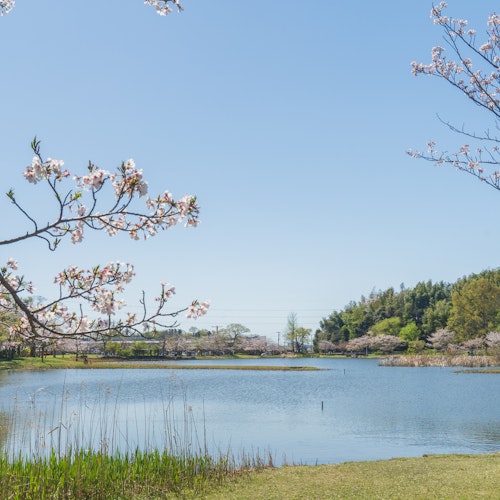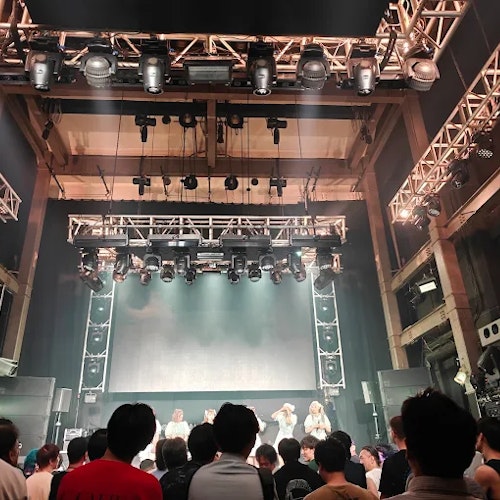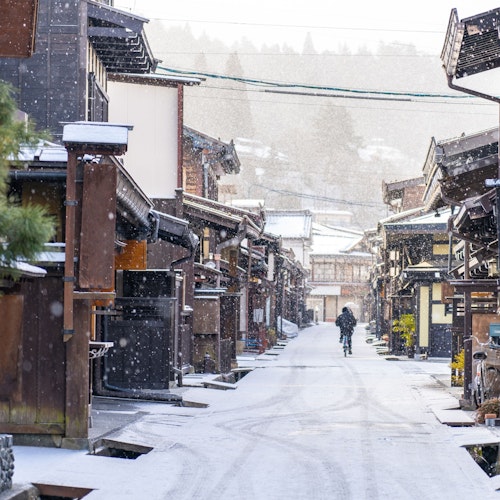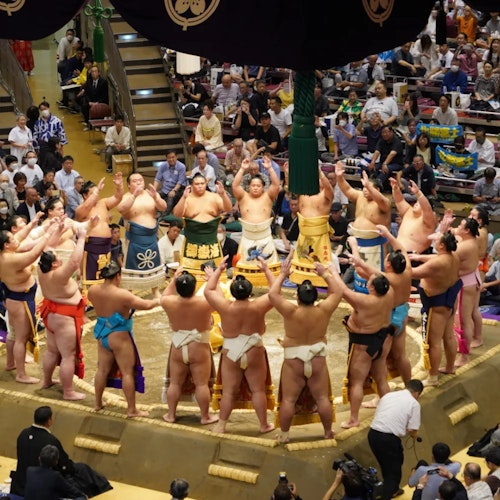
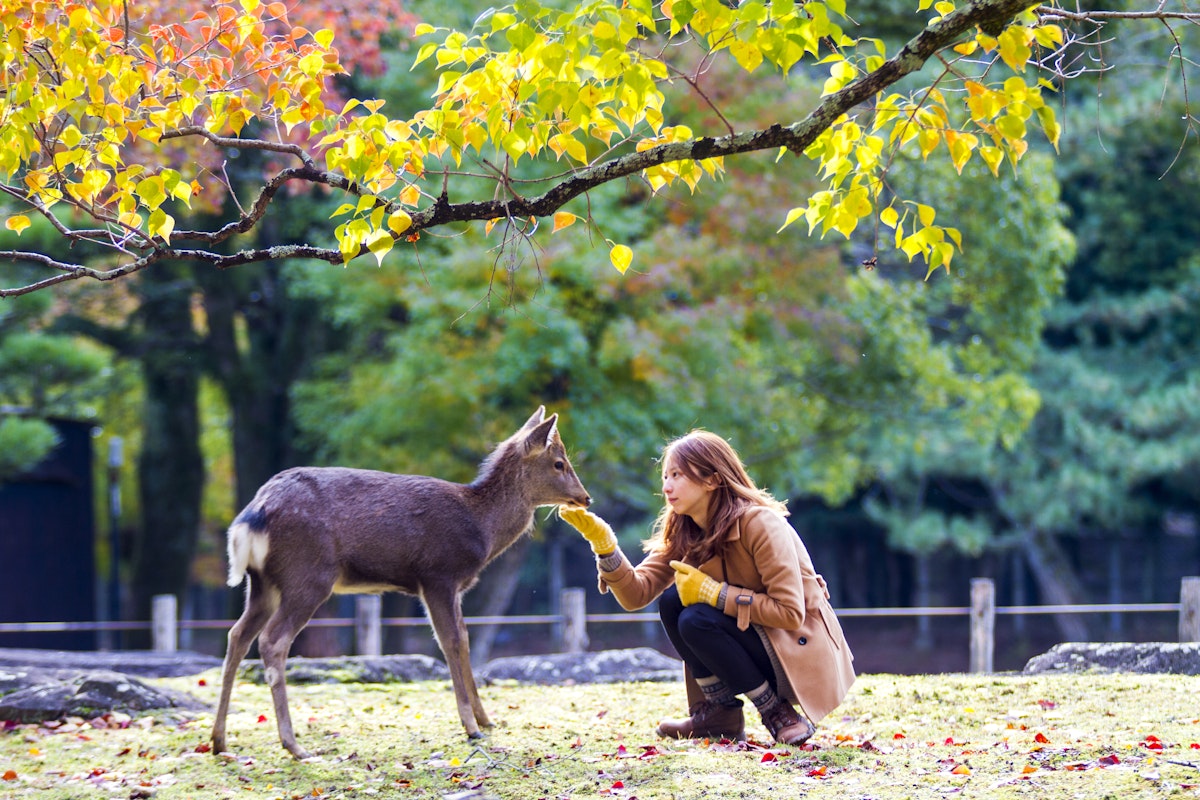
Have you ever wondered what it’s like to walk among ancient temples while friendly deer follow you around? If Japan is on your travel list, then Nara is a place you just can’t miss. It might not be as big as Kyoto or Tokyo, but Nara packs in a lot of charm, culture, and history that makes it perfect for a short getaway. Two days in Nara is just right to explore its top sights, taste local food, and enjoy the peaceful atmosphere that makes this old capital feel like a step back in time.
Let’s take a detailed look at how to make the most out of two days in Nara.
If you're planning a trip to Japan and wondering where to go beyond Tokyo, Kyoto, and Osaka, Nara is a must-visit destination. This city may be smaller and less crowded, but it's filled with ancient wonders and unique experiences you won’t find anywhere else in Japan. As Japan’s first permanent capital (from 710 to 794 AD), Nara holds deep cultural and historical significance.
Today, Nara is best known for three things: its friendly deer, its impressive collection of temples and shrines, and its World Heritage Sites. With just two days, you can take in the spiritual essence, enjoy traditional food, and create unforgettable memories.
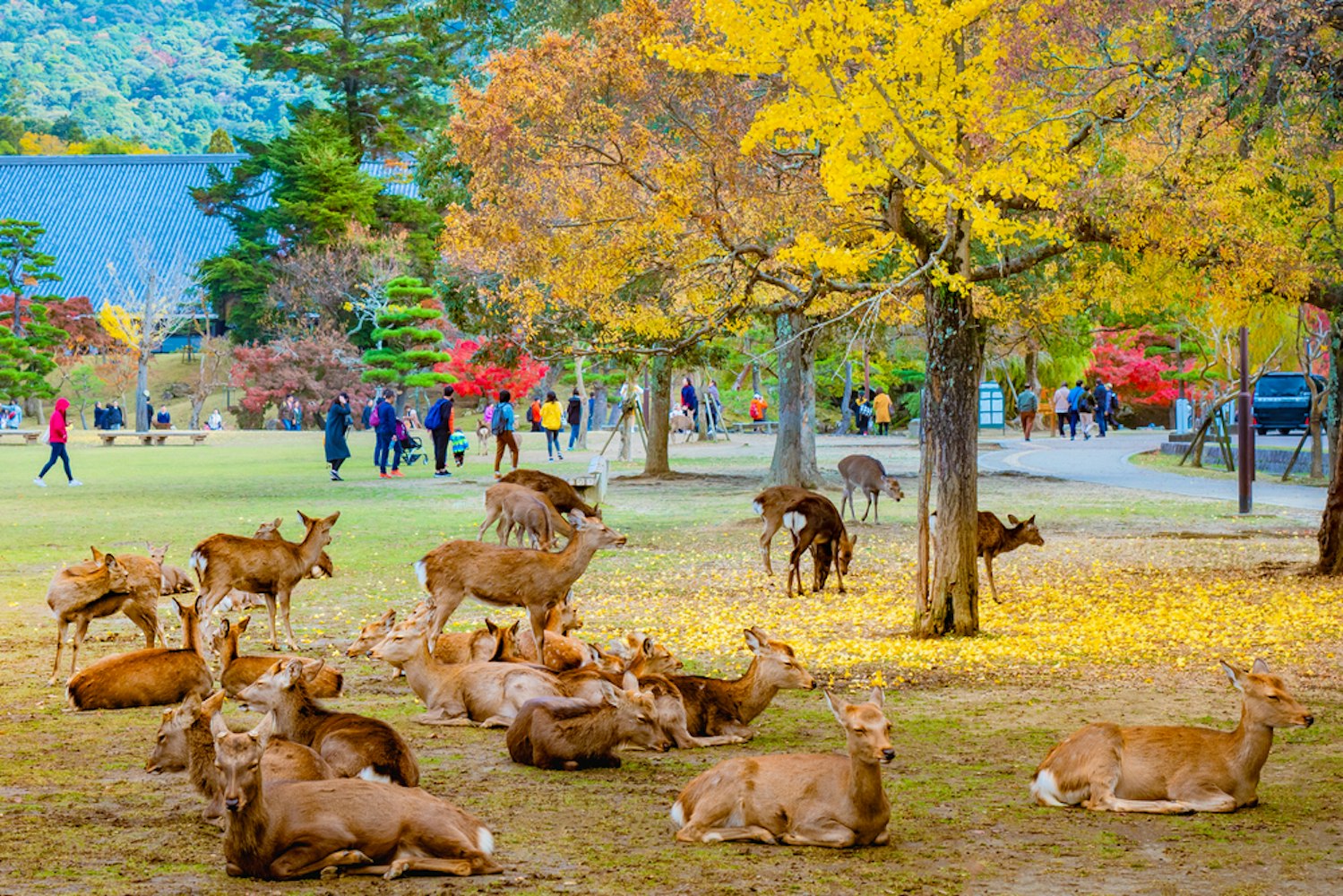
Start your Nara journey at the iconic Nara Park, one of Japan’s oldest public parks, established in 1880. It’s the city’s heart and home to over 1,000 tame Sika deer, who freely roam the area and have become symbols of the city.
In Shinto tradition, these deer are considered messengers of the gods. This status is why they are protected as a natural treasure. You can buy shika senbei (deer crackers) from local vendors for 200 yen and feed them. Some deer have even learned to bow in exchange for food!
The park spans over 500 hectares, making it a peaceful and green starting point for exploring Nara.
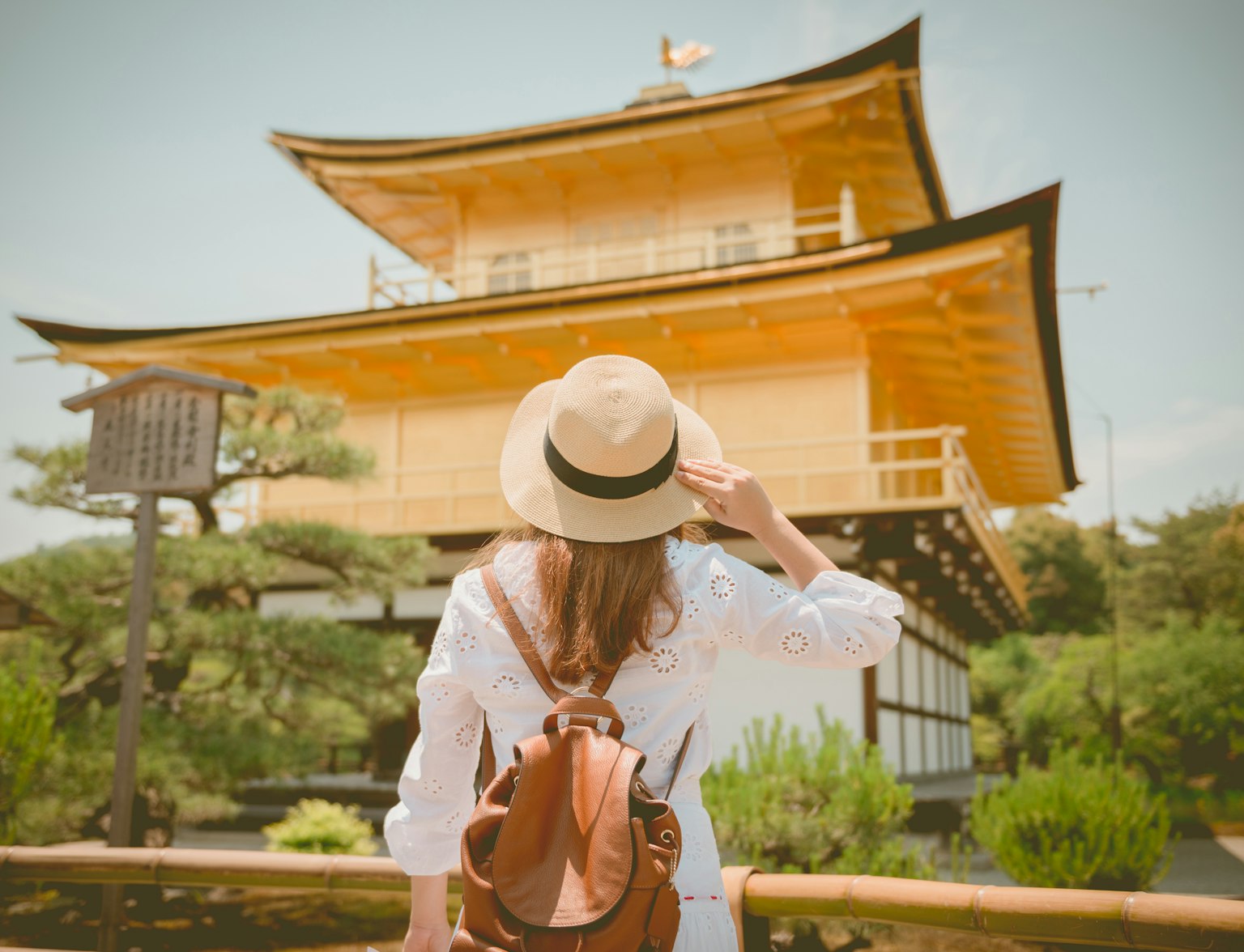
Experience the essence of Japan's rich history with a day-long guided tour from Kyoto.
Once you’ve greeted a few deer, make your way to Todai-ji Temple, one of Japan’s most famous temples. This huge wooden building is home to the Great Buddha, a massive bronze statue that stands over 15 meters tall. Seeing it in person is impressive, not just because of its size but also because of the calm, peaceful feeling inside the hall.
The temple itself has a long history going back to the year 752. It played a key role in spreading Buddhism throughout Japan. The grounds are also beautiful, with lots of space to walk, take pictures, and enjoy the scenery.
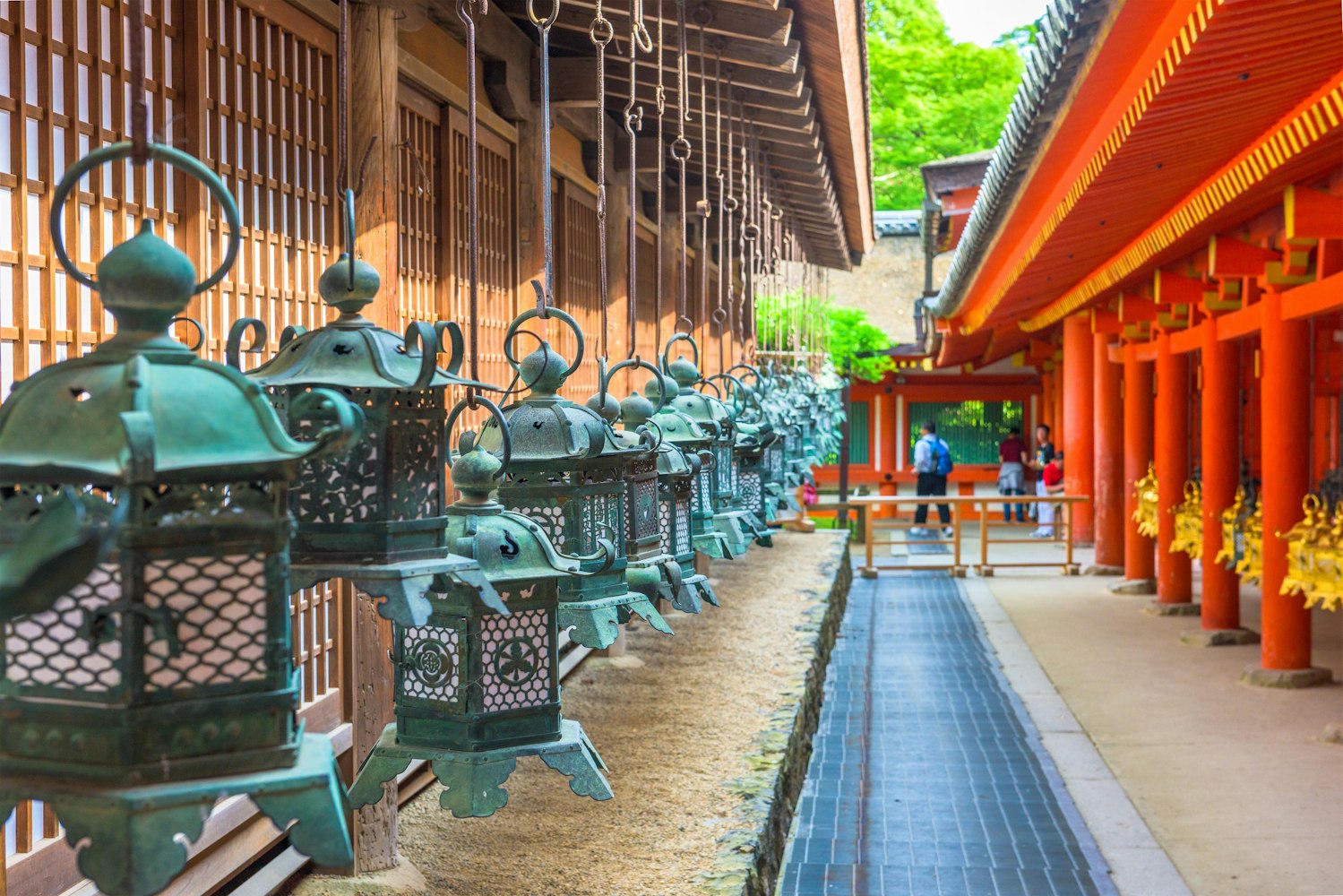
After visiting Todai-ji, follow the path through the woods to Kasuga Taisha Shrine. This Shinto shrine is known for its hundreds of bronze and stone lanterns. During festivals, these lanterns are lit up, and the atmosphere becomes magical. Even when it’s not a festival day, the forested path and the soft light filtering through the trees give it a calm, almost spiritual feel.
Don’t forget to stop at the smaller shrines around the area. Some are tucked away along quiet forest trails and feel like hidden treasures.
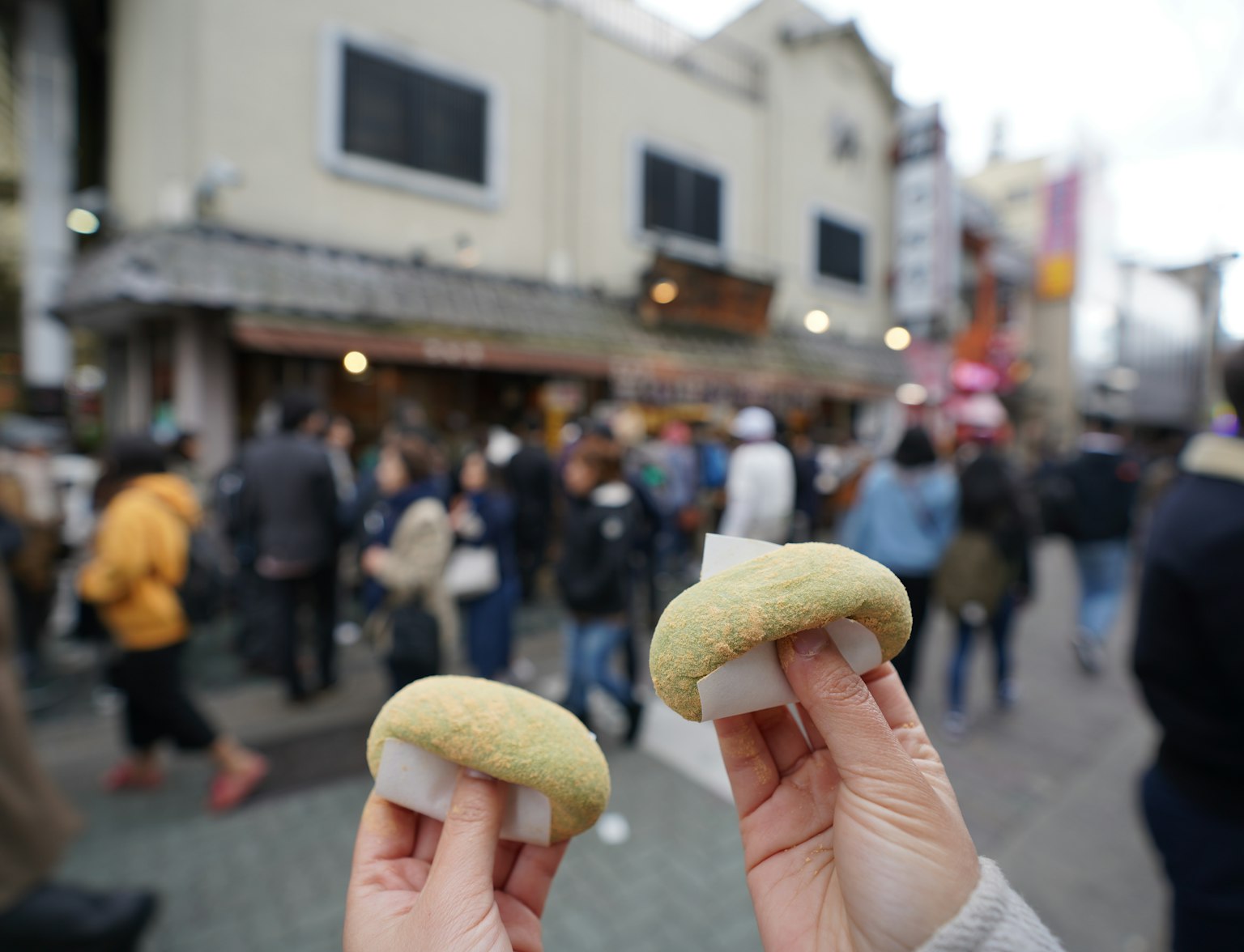
Join us on an exciting journey through Nara, where you'll discover the hidden gems of this beautiful city!
Nara offers a variety of local and regional specialties. Some dishes and snacks you must try include:
Kakinoha-zushi: Sushi wrapped in persimmon leaves for preservation and added fragrance
Miwa somen: Thin white noodles served cold, popular in summer
Kusa mochi: Green rice cake made with mugwort
Yomogi mochi from Nakatanidou: Watch the famous mochi-pounding staff work at lightning speed
Matcha soft serve: A refreshing treat, especially near Nara Park
For lunch, visit the area around Kintetsu Nara Station, which is full of small restaurants and traditional eateries. Maguro Koya, a popular tuna specialist, is a favorite among travelers.
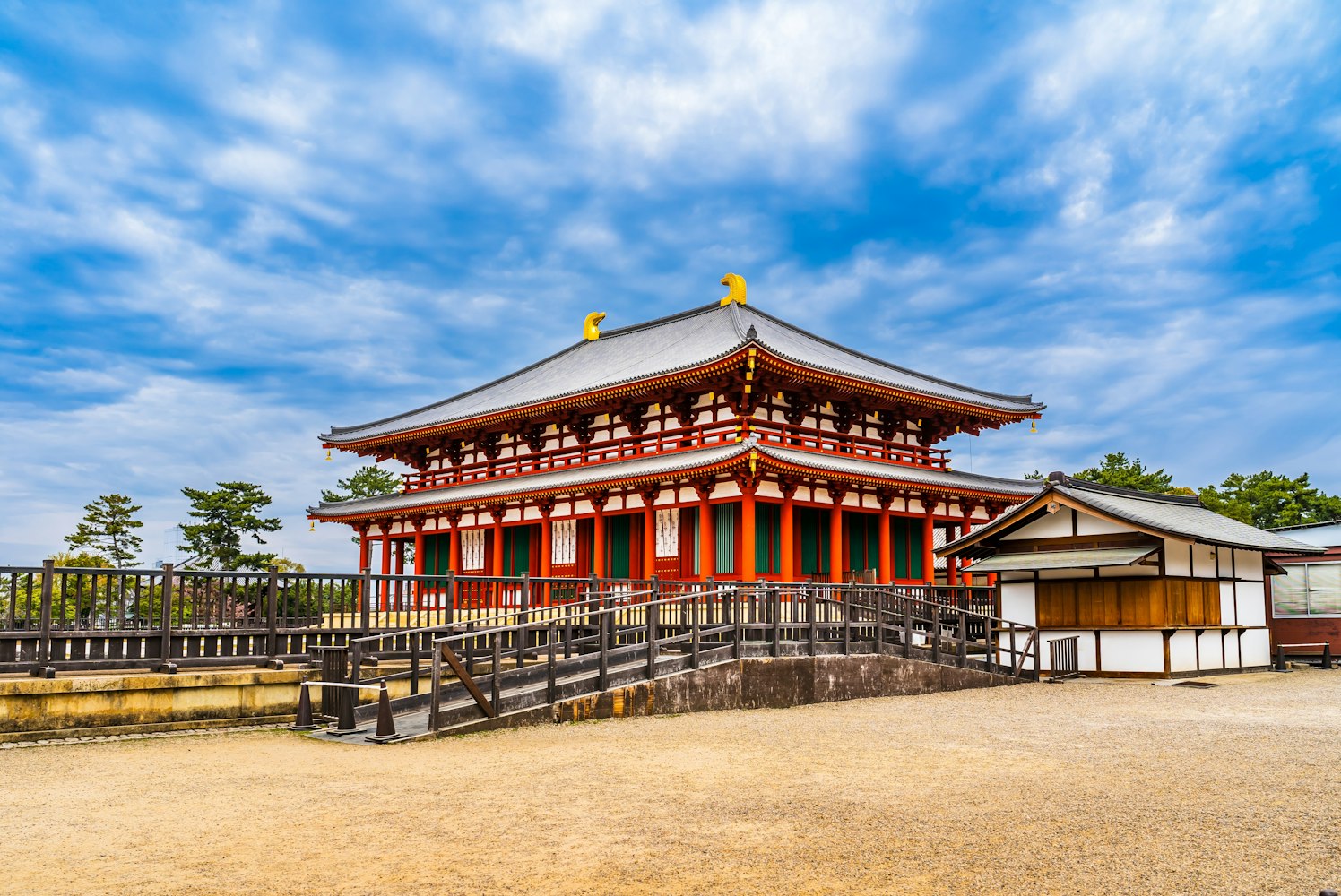
In the afternoon, take a walk to Kofuku-ji Temple, another important site with a long history. It was originally brought to Nara in 710 and used to be one of the most powerful temples in Japan. The tall five-story pagoda is one of Nara’s most famous landmarks. The temple also has a peaceful vibe and is usually less crowded than Todai-ji, making it a nice spot to relax and reflect.
Absolutely. Staying overnight in Nara lets you see the city in a whole new way. Once the tour groups leave, Nara becomes quiet, and you can enjoy the temples and streets without the crowds. Consider staying in a traditional ryokan (Japanese inn) or a small guesthouse.
Many of these places serve dinner and breakfast, so it’s a great way to try a full Japanese meal, complete with rice, soup, pickles, and seasonal side dishes. Some even offer yukata (a casual kimono) for you to wear around the inn. It’s a cozy and relaxing experience you won’t forget.
On your second day, take it easy and explore a bit more of Nara’s cultural side. Start your morning with a peaceful walk or a coffee at a local café. Then, head over to Naramachi, the old merchant district.
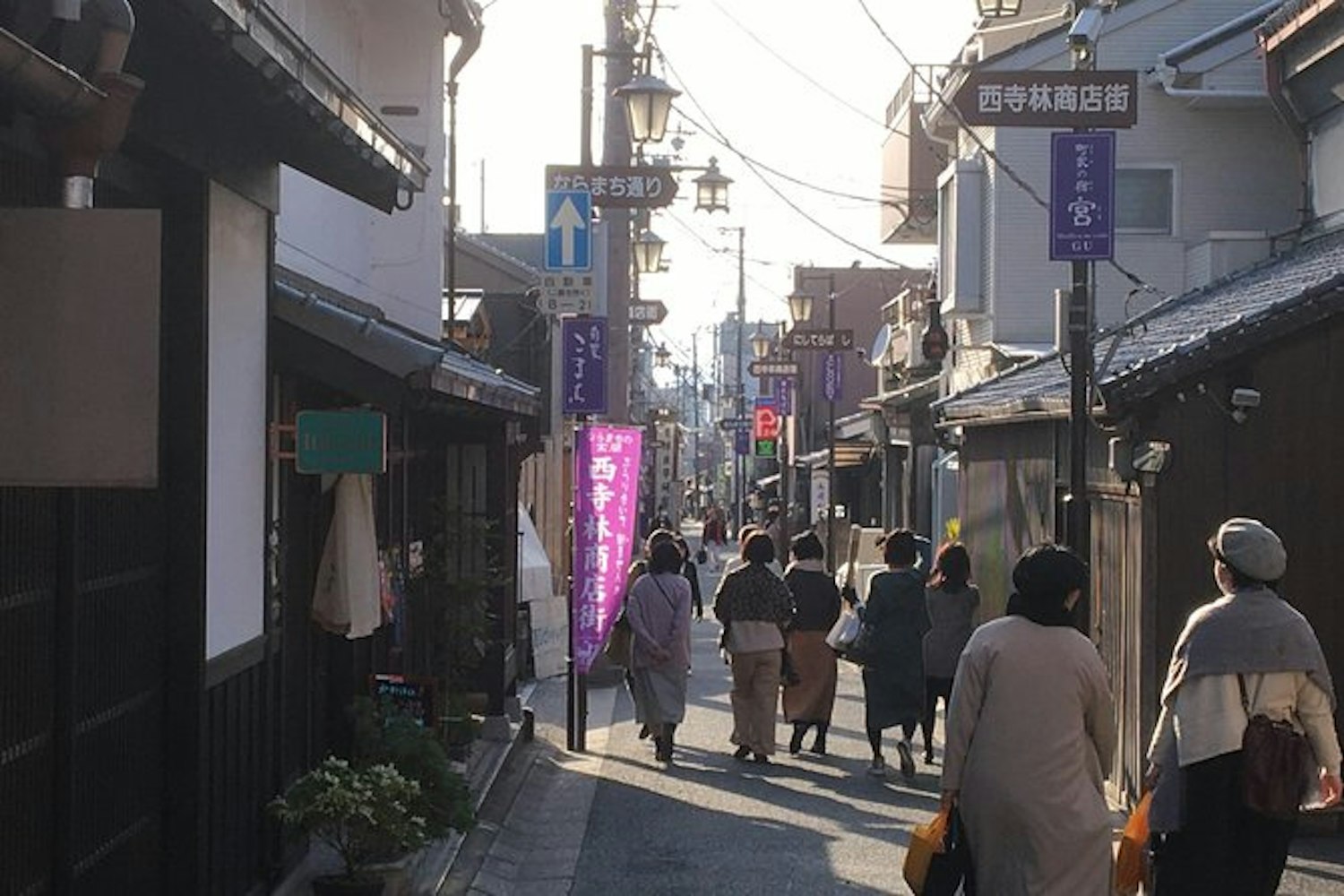
Naramachi is full of narrow streets, wooden houses, and small shops. It’s a great place to get a feel for traditional Japanese life. Some buildings have been turned into little museums, where you can see how people lived hundreds of years ago.
There are also craft stores, tea shops, and art galleries. If you enjoy shopping for local goods or handmade items, this area is perfect. Plus, it’s not far from the main sights, so you don’t have to go out of your way to visit.

Uncover the secrets of Nara with an unforgettable bike tour.
If you’re up for a bit of adventure, there are a few lesser-known spots that are worth the extra walk.
One of them is Isuien Garden, a beautiful traditional garden with ponds, stone lanterns, and small bridges. It’s very peaceful and not crowded, which makes it a great place to unwind and enjoy the natural beauty.
Nearby is the Yoshiki-en Garden, which is free for foreign tourists. It’s smaller than Isuien but just as charming, with moss gardens and a thatched tea house.
Another hidden gem is Gango-ji Temple, one of the oldest temples in Japan. It’s quiet, full of history, and feels far away from the more touristy spots.
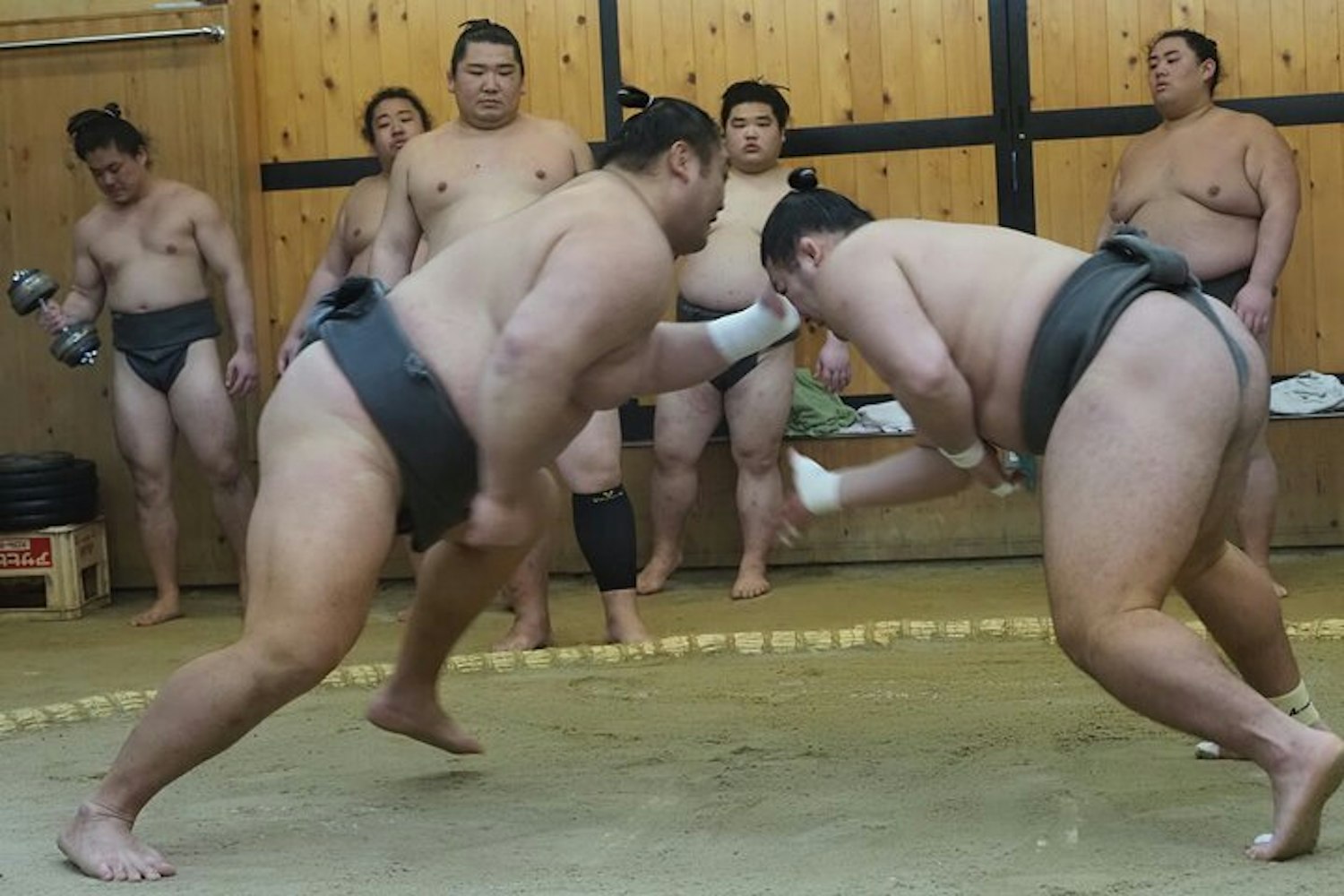
Nara is also a good place to try some hands-on experiences. Many places offer workshops where you can try making Japanese sweets, calligraphy, or even dyeing cloth with natural colors. Some options include:
Calligraphy lessons at temples
Making Japanese wagashi (sweets)
Kimono-wearing experiences and photo shoots
Tea ceremonies in historical houses or inns
These are great ways to make your trip more interactive and learn about Japan beyond just sightseeing.
Before you head out, grab one more meal or snack. Nara is famous for its mochi, especially kusa mochi, a green rice cake flavored with mugwort. You can often watch staff pound the mochi with wooden mallets, a traditional method that’s fun to see.
If you’re in the mood for something savory, look for grilled skewers, steamed buns, or a bowl of warm noodles.
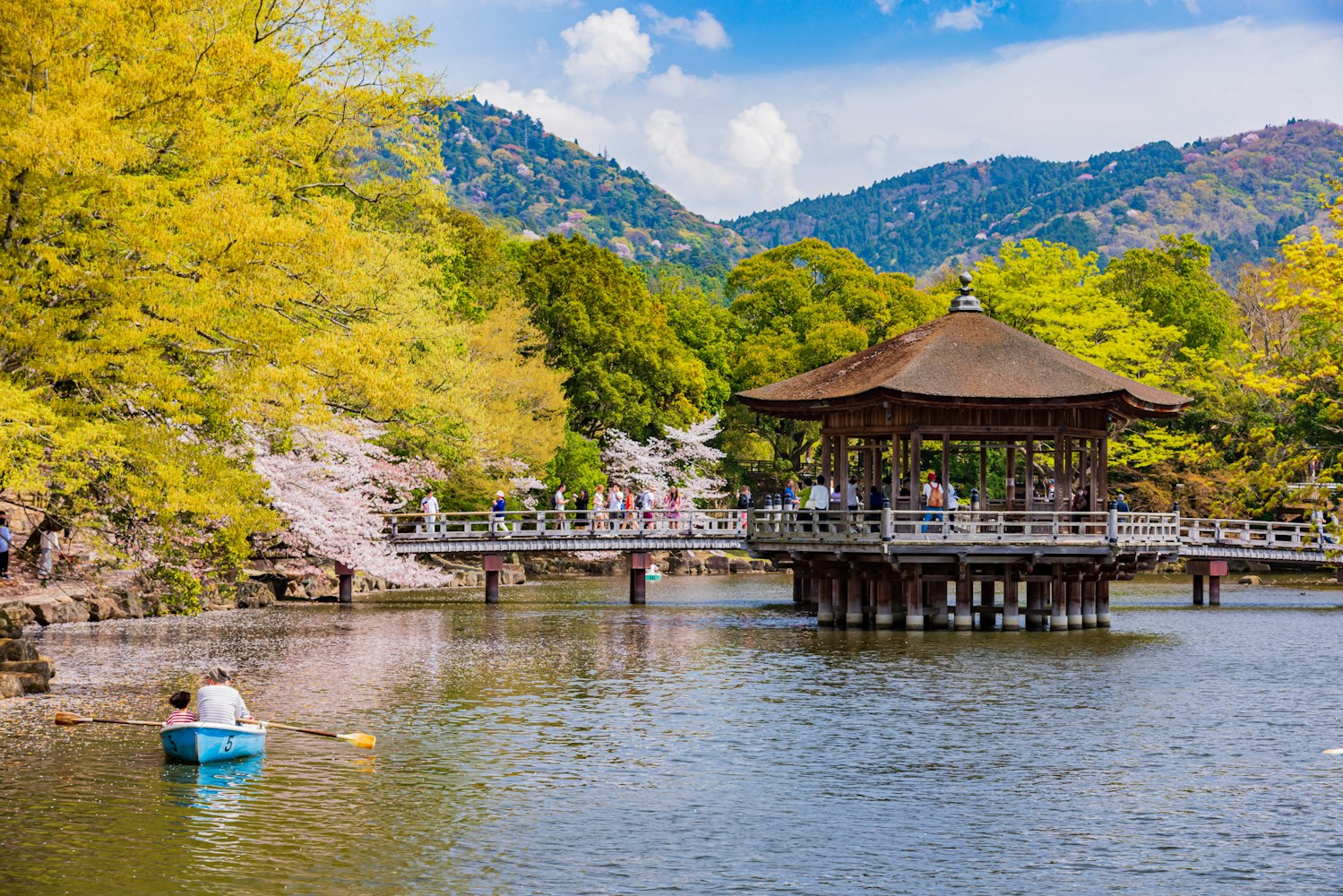
Before catching your train back to Kyoto, Osaka, or wherever you’re headed next, take one last walk through the park. Seeing the deer at sunset, with the soft light on the temples and trees, is the perfect way to end your visit.
You might even stop at a small café for tea or dessert and just enjoy the peaceful vibe that makes Nara so special.
Yes, two days is the perfect amount of time to explore Nara without feeling rushed. You’ll have time to visit the big temples, feed the deer, walk through traditional streets, and enjoy both quiet moments and exciting discoveries.
Nara is often skipped by travelers in a hurry, but those who make time for it are almost always glad they did. It has a mix of history, nature, and charm that’s hard to find anywhere else.

Take this once in a lifetime opportunity to explore the ancient temples of Nara with our Full-Day Private Guided Tour!
